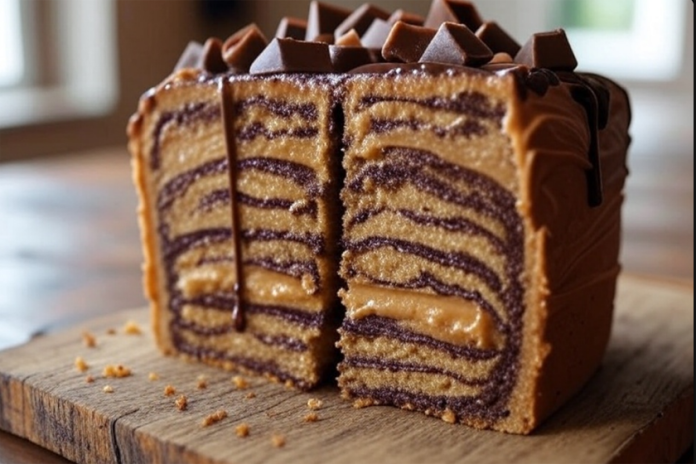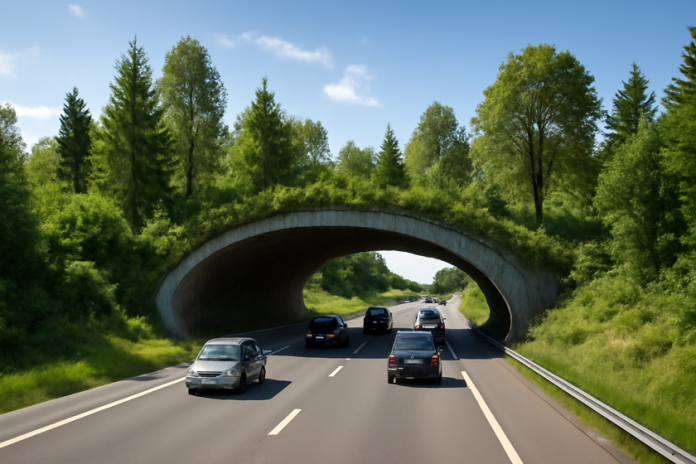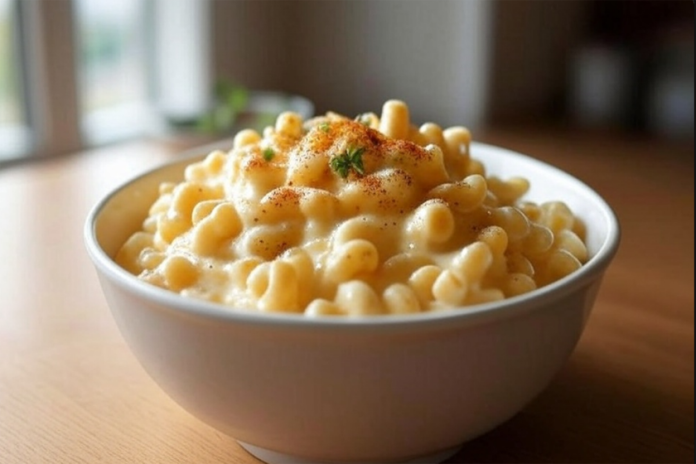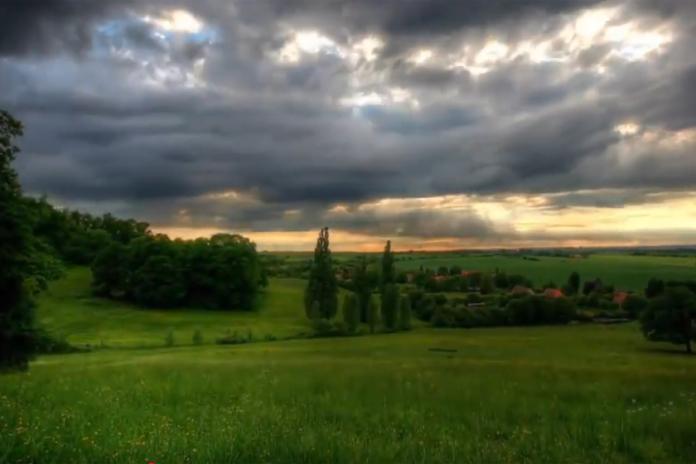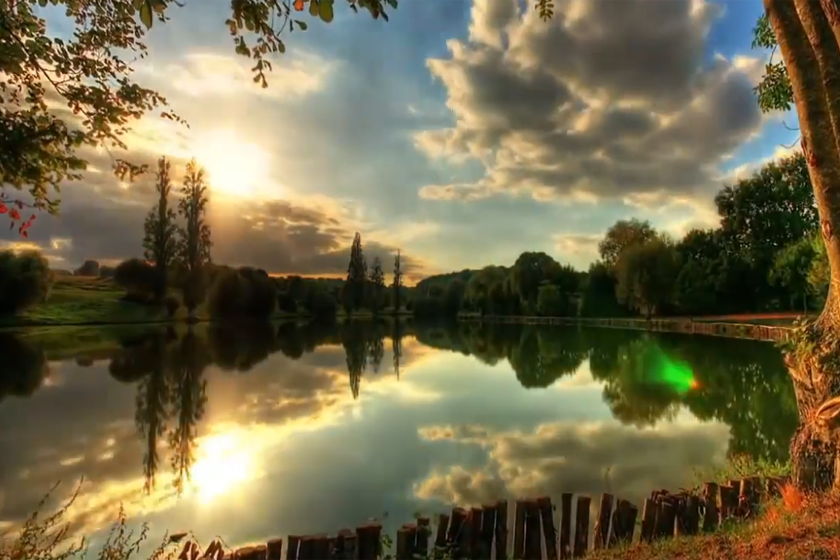This indulgent dessert combines a rich chocolate cake base with a creamy peanut butter cream cheese swirl, melty chocolate chips, and chunks of Reese’s Peanut Butter Cups.
The “earthquake” effect comes from the way the layers bubble, crack, and sink during baking, creating a gooey, messy masterpiece that’s perfect for chocolate and peanut butter lovers.
It’s easy to make using a boxed cake mix and serves about 12-15 people.
Best enjoyed warm with vanilla ice cream.
Ingredients:
-
- 1 box of chocolate cake mix (Devil’s Food or Dark Chocolate Fudge recommended)
- 1 cup of miniature Reese’s Peanut Butter Cups, chopped
- 1/2 cup of chocolate chips
- 1 (8 oz) package of cream cheese, softened
- 1/2 cup of butter, melted
- 1/2 cup of creamy peanut butter
- 1 tsp vanilla extract
- 2 cups of powdered sugar
Directions:
-
- Preheat your oven to 350°F.
- Grease a 9×13-inch baking dish or line it with parchment paper for easy cleanup.
- Prepare the chocolate cake mix according to the package directions.
- Pour the batter into the baking dish and spread evenly.
- In a separate bowl, mix the softened cream cheese, melted butter, peanut butter, and vanilla extract until smooth.
- Gradually add the powdered sugar, stirring until the mixture is thick and creamy.
- Drop spoonfuls of the cream cheese mixture over the cake batter.
- Swirl gently using a knife or spatula to create marbled patterns.
- Sprinkle chopped Reese’s Peanut Butter Cups and chocolate chips evenly over the top.
- Bake for 45 to 50 minutes.
- The center should be just set, and the top should have a cracked, earthquake-like appearance.
- Let the cake cool for at least 30 minutes before slicing.
- This helps the layers set and makes cutting cleaner.
Tips:
-
- Gooier Version: Double the peanut butter filling recipe for an ultra-decadent, spoonable cake.
- Storage: Store leftovers covered at room temperature for up to 2 days, in the fridge for up to 5 days, or freeze individual slices for up to 3 months. Reheat in the microwave for 15-20 seconds to restore gooeyness.
- Variations: Add Reese’s Pieces or chopped peanuts for crunch. For a keto version, use almond flour-based mixes and sugar-free alternatives.
- Common Issues: If the center seems underbaked, bake 5 more minutes—the cream cheese filling sets as it cools. Ensure ingredients like cream cheese and butter are at room temperature for smooth mixing.
This recipe draws from popular versions that emphasize this combo and easy assembly.

